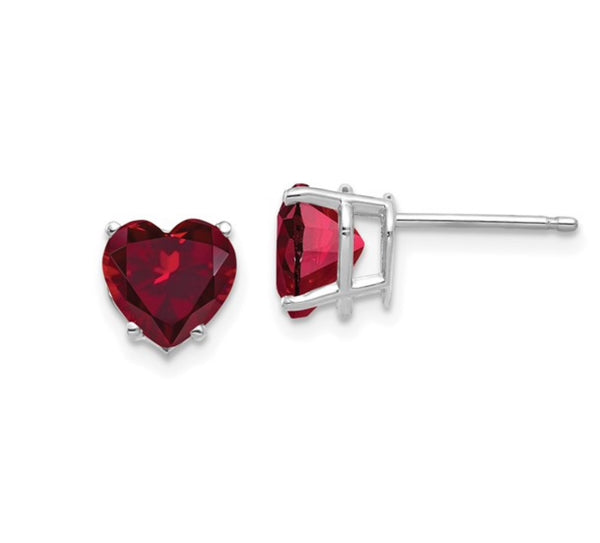
Certain diamonds can temporarily change color when exposed to heat, ultraviolet light, or even when kept in the dark. Some natural green diamonds are known as ‘chameleon diamonds’ due to this property. Some natural pink diamonds, color-treated and lab-grown diamonds can also change color in unexpected ways. Before this phenomenon was known, there were stories of customers returning purchased diamonds because they turned out to be completely different color upon opening the box later on.
The first record of color-change diamonds was made in 1866 by a Parisian diamond dealer - diamonds that can experience a temporary change in color due to environmental conditions. In 1943 the term ‘Chameleon diamonds’ became popular in a diamond trade and referred to those diamonds that change color from green to yellow by heating.
What exactly causes these ultra-cool gems to shift their hues?
The presence of lattice imperfections or defects is the cause of color in diamonds. Examples can include nitrogen, boron or silicon defects. These defects determine how the light is absorbed and transmitted. Even though the word ‘defects’ sounds like a negative connotation for some people, this is exactly what makes colored diamonds even more valuable and unique then colorless diamonds.
For some diamonds, the change in illumination or temperature can temporarily change the balance of the concentration of these defects (or the charge transfer between the electrons). This results in changes to absorption spectrum, which changes color in a diamond. This process is reversible, by modifying the conditions of the stone, the stable color returns.
Certain defects are photochromic (change based on light conditions) and/or thermochromic (change based on heating) .
Here is an example of the same diamond with stable green color. Keeping it in the darkness for prolonged period of time will result in temporarily color change to yellow. However, after heating this diamond for a few seconds, the result in color change is immediate with a bright yellow orange hue. This process is reversible and after a few minutes the diamond returns to its stable green color.

Not all diamonds respond to heat in this way, some diamonds change color permanently after heating. It is important to check the color of the diamond in GIA report, which will be able to tell if the diamond is Chameleon. It is not suggested to practice heating of the diamonds at home ( heat in this context does not mean body heat or sunlight)

